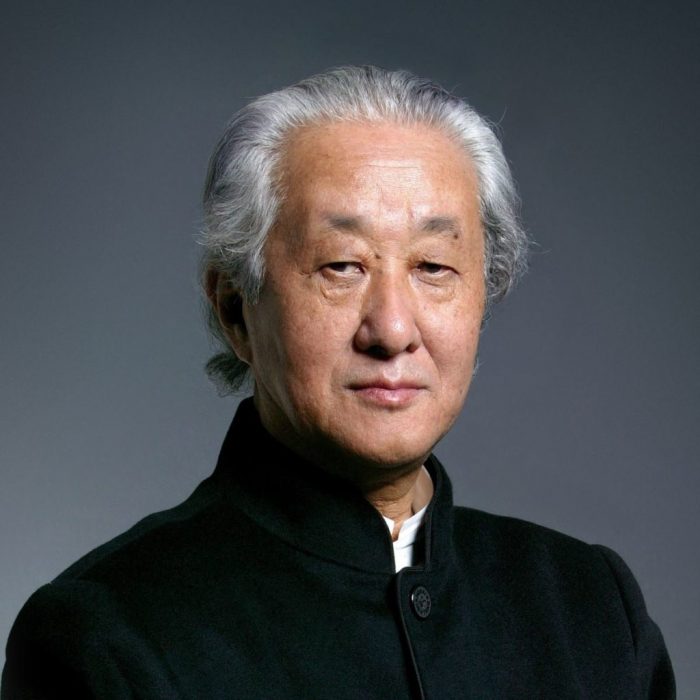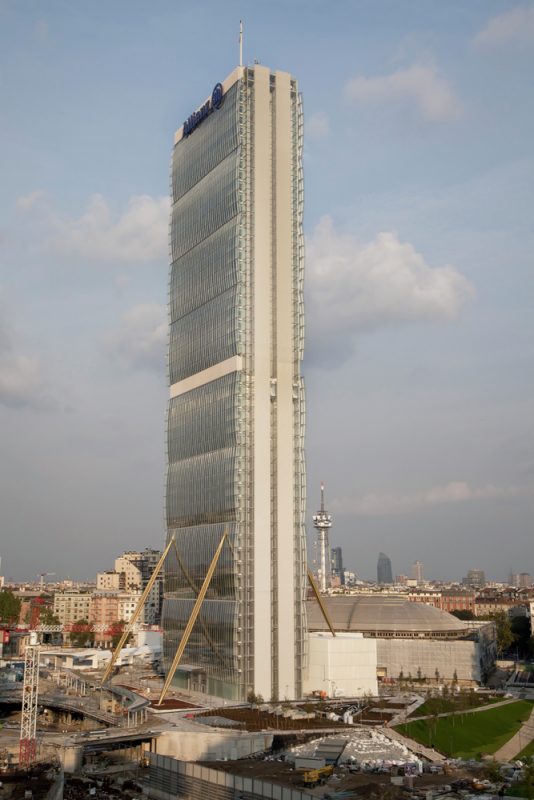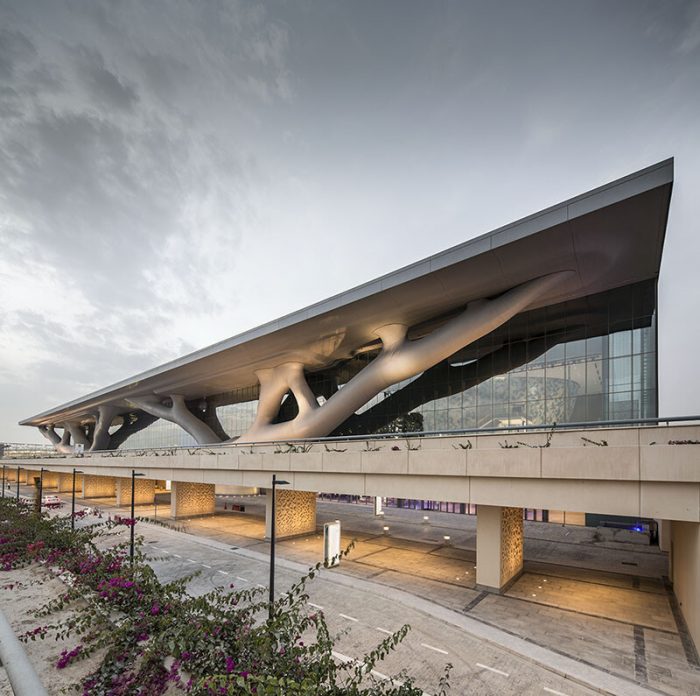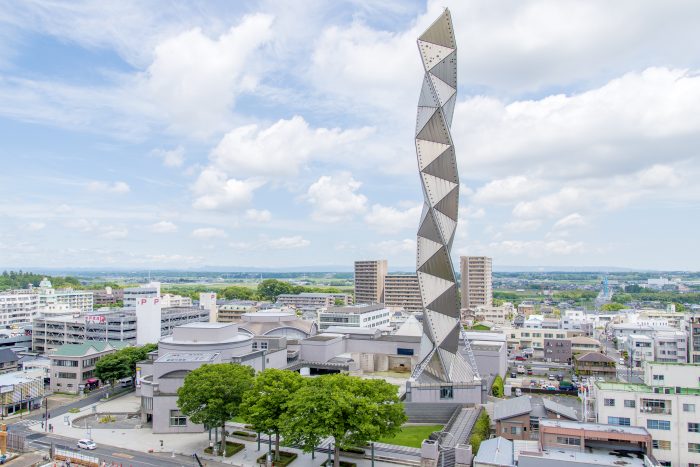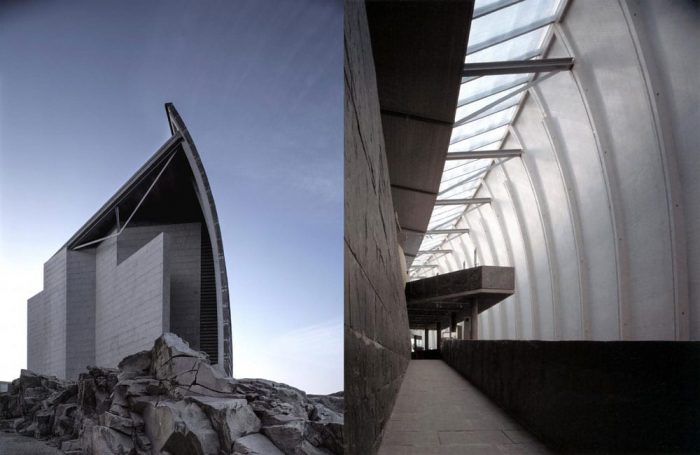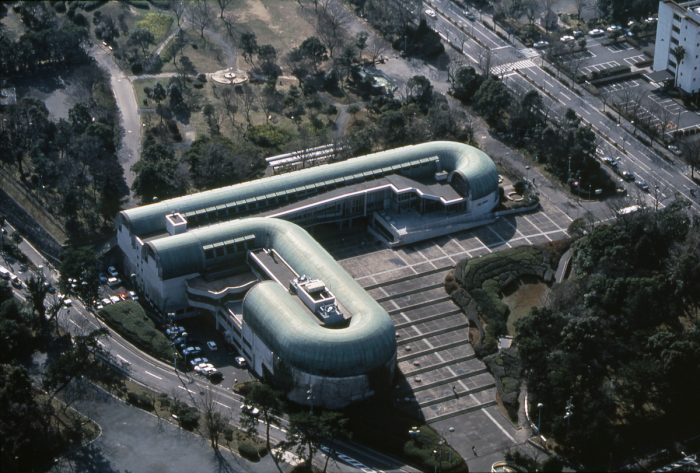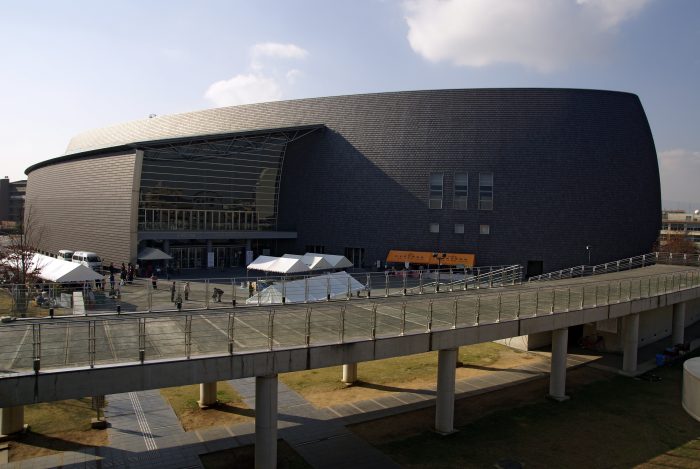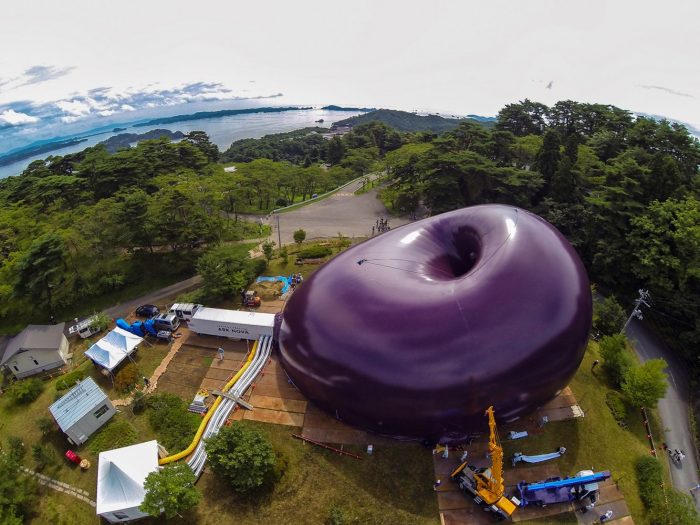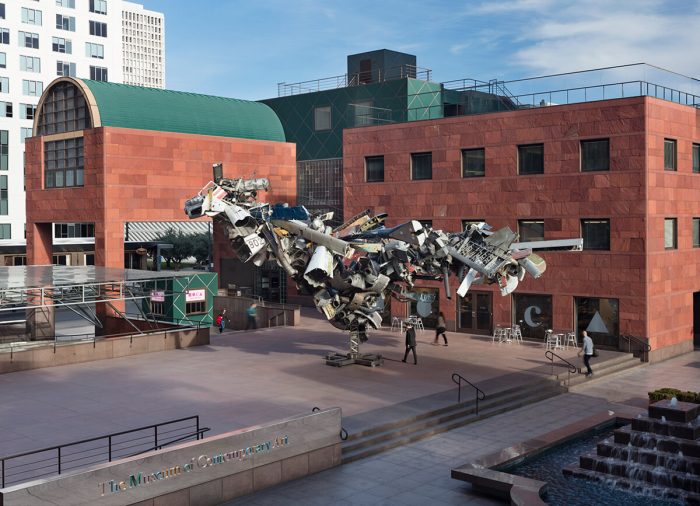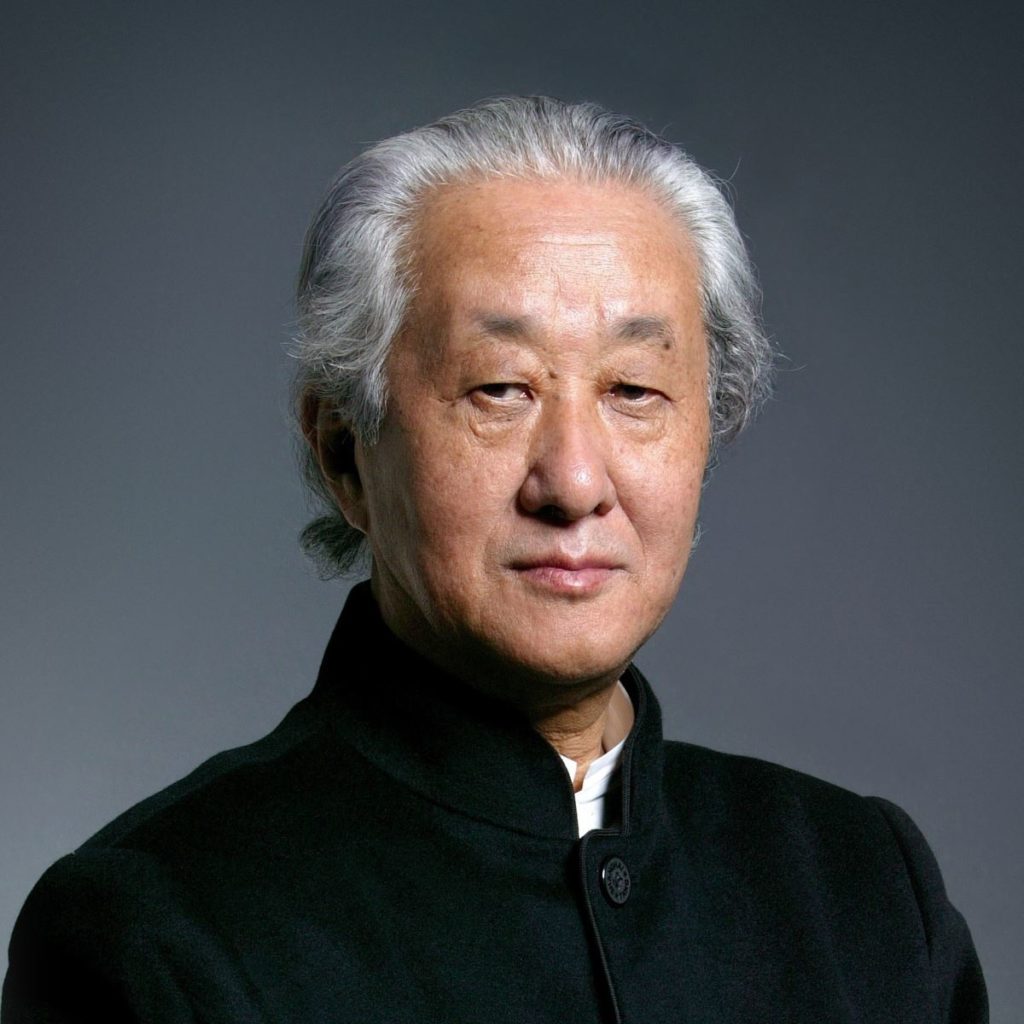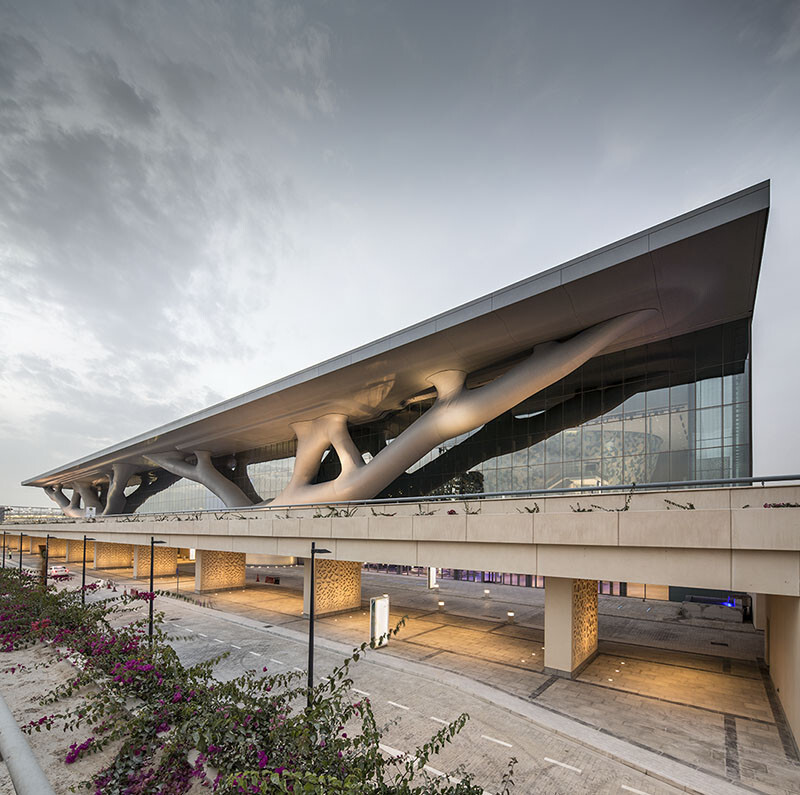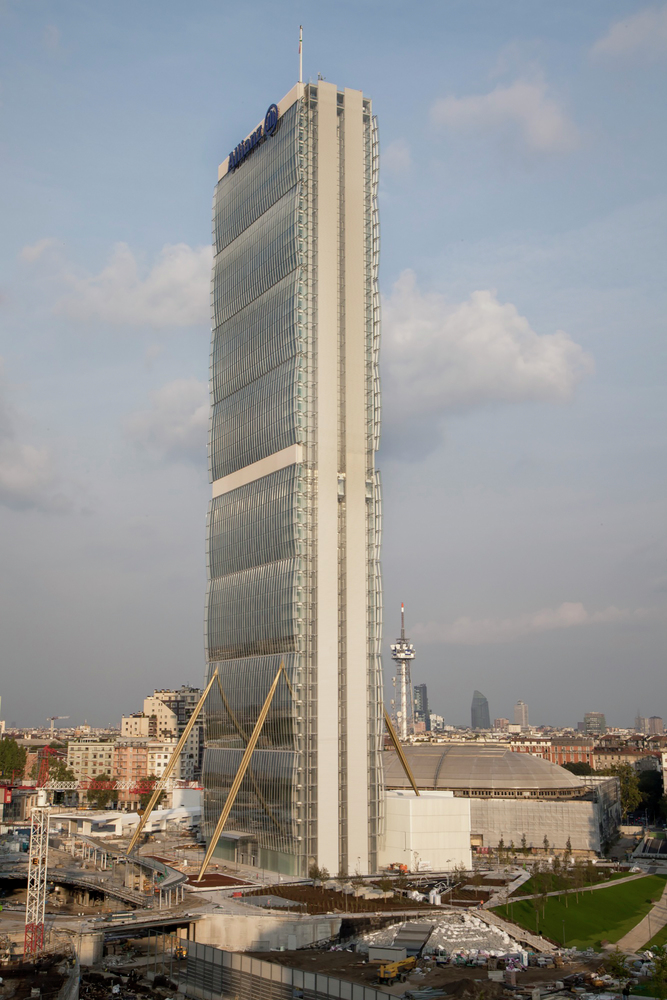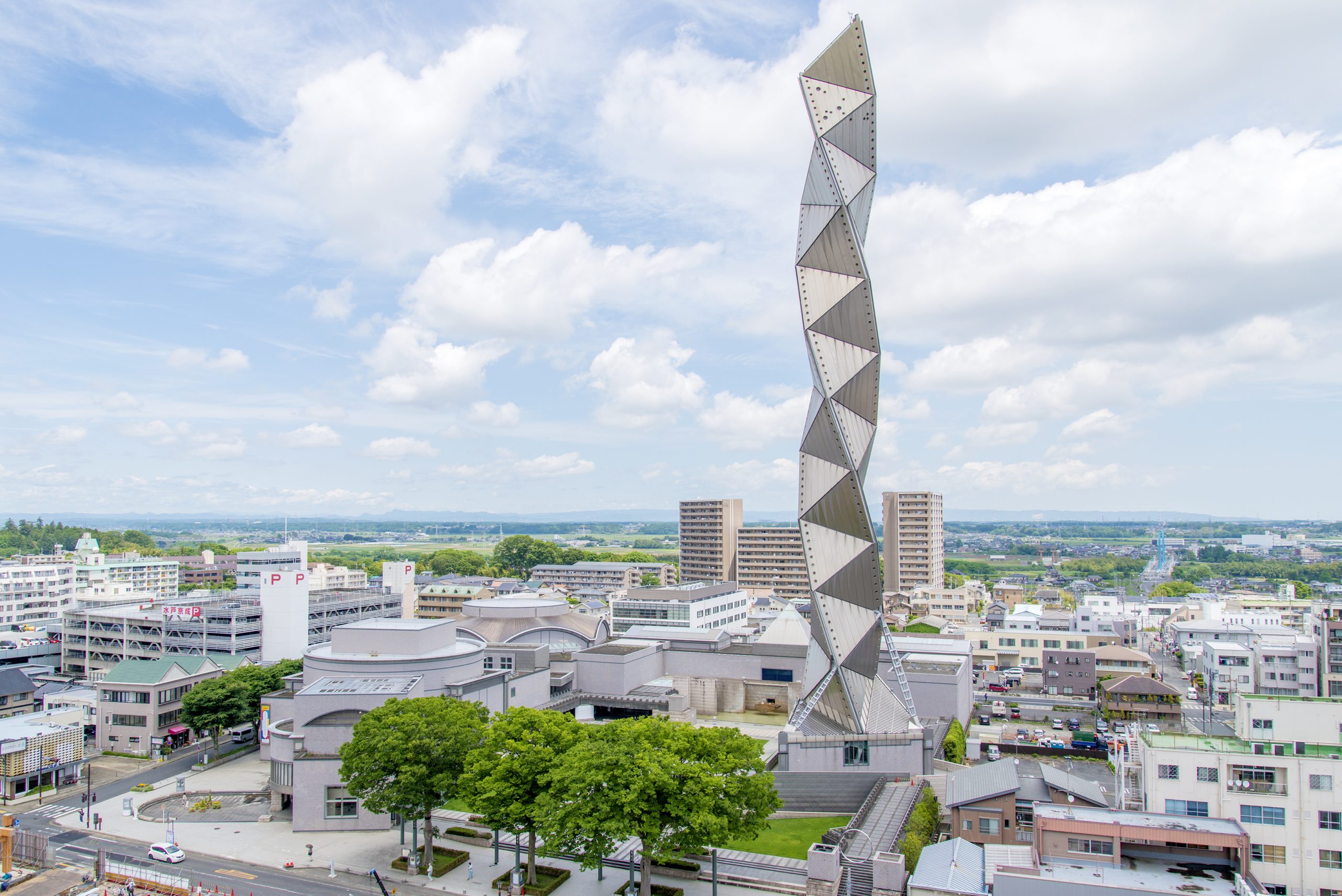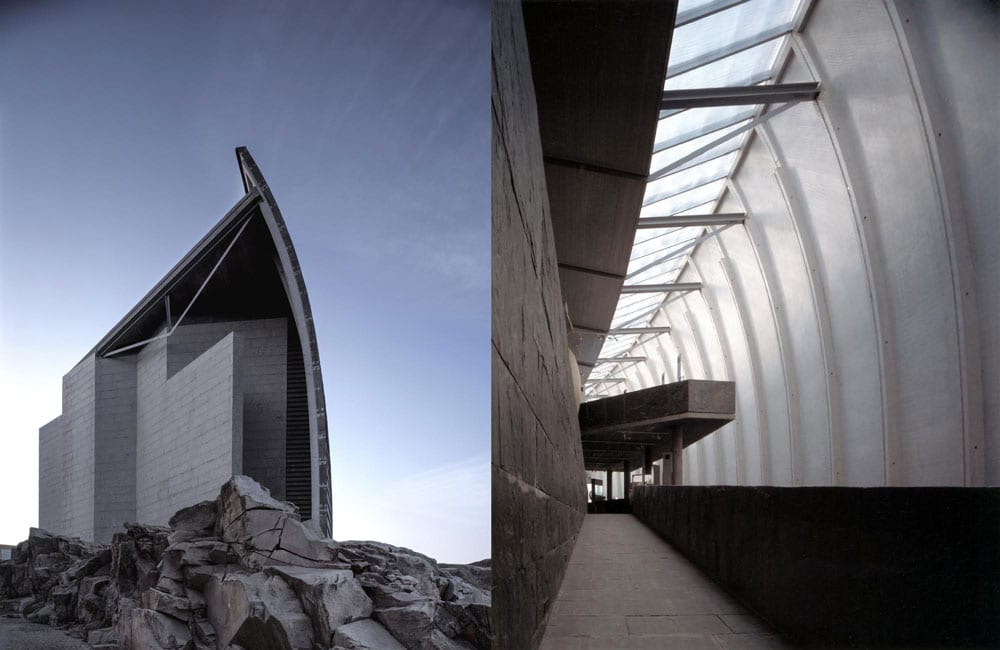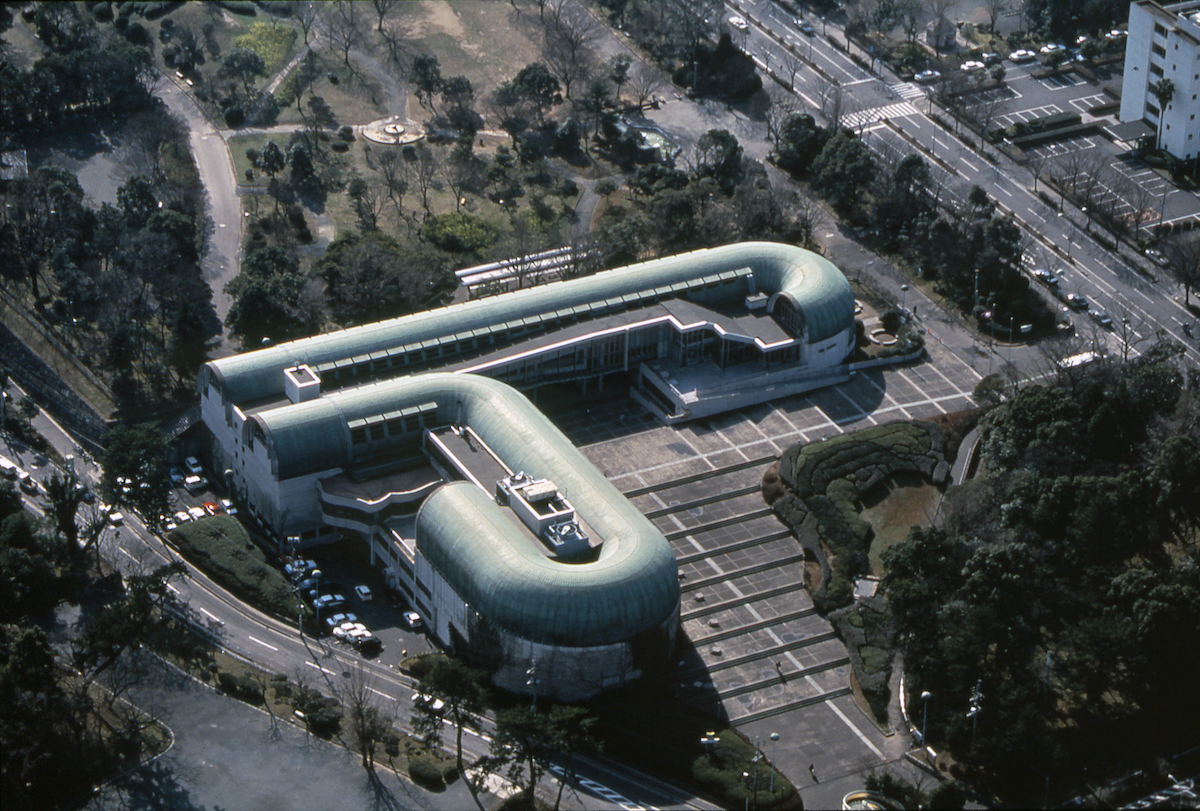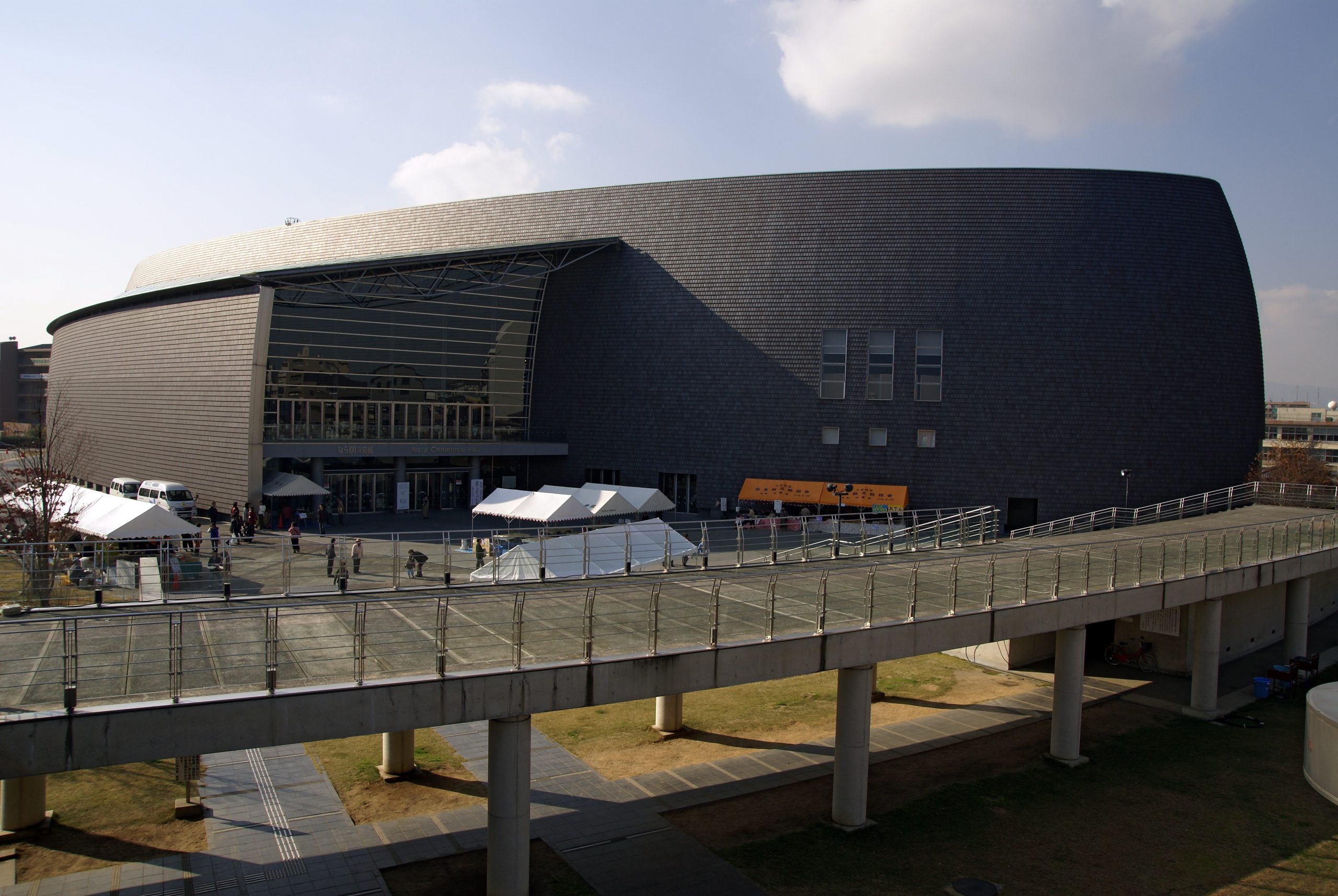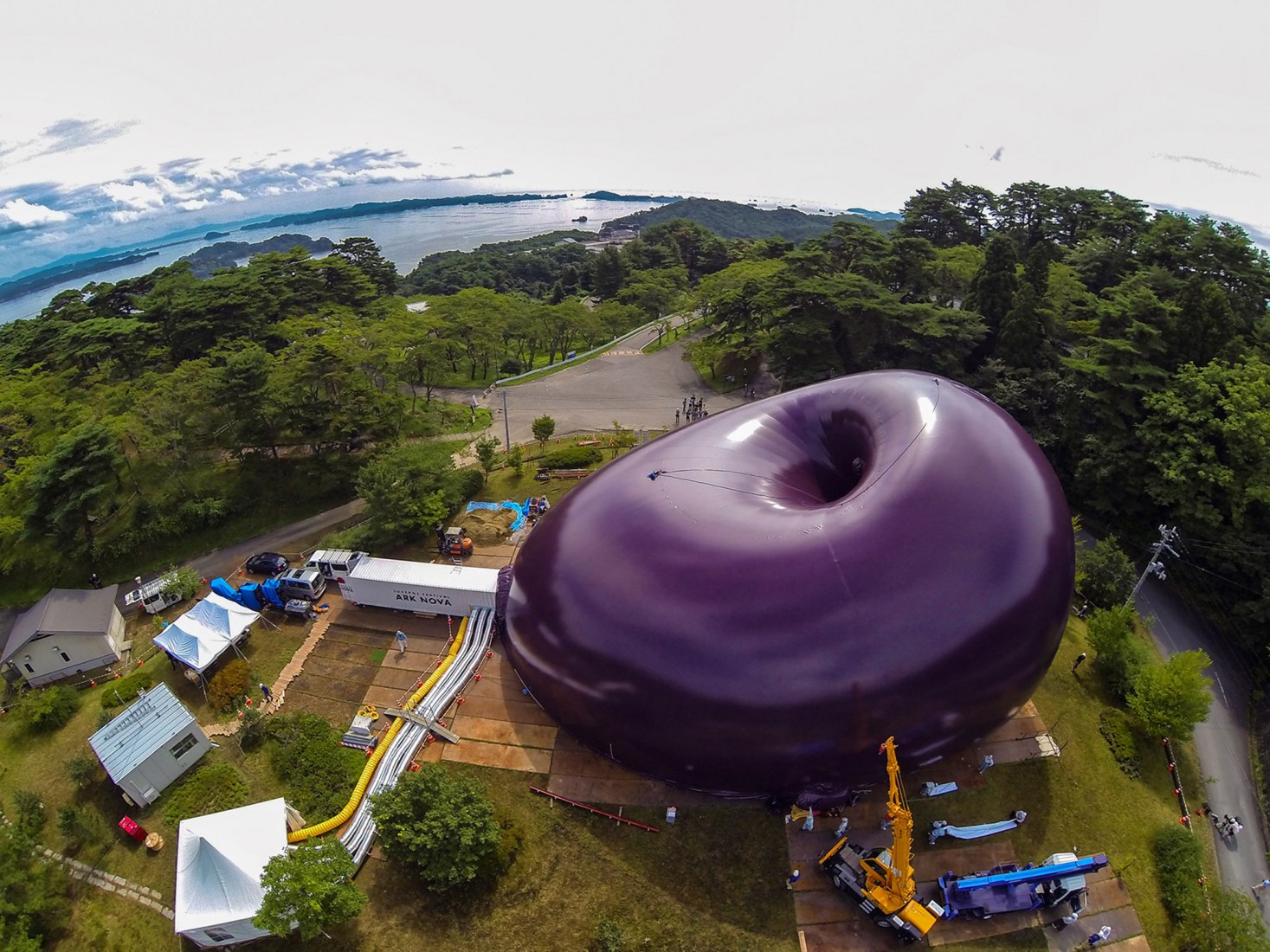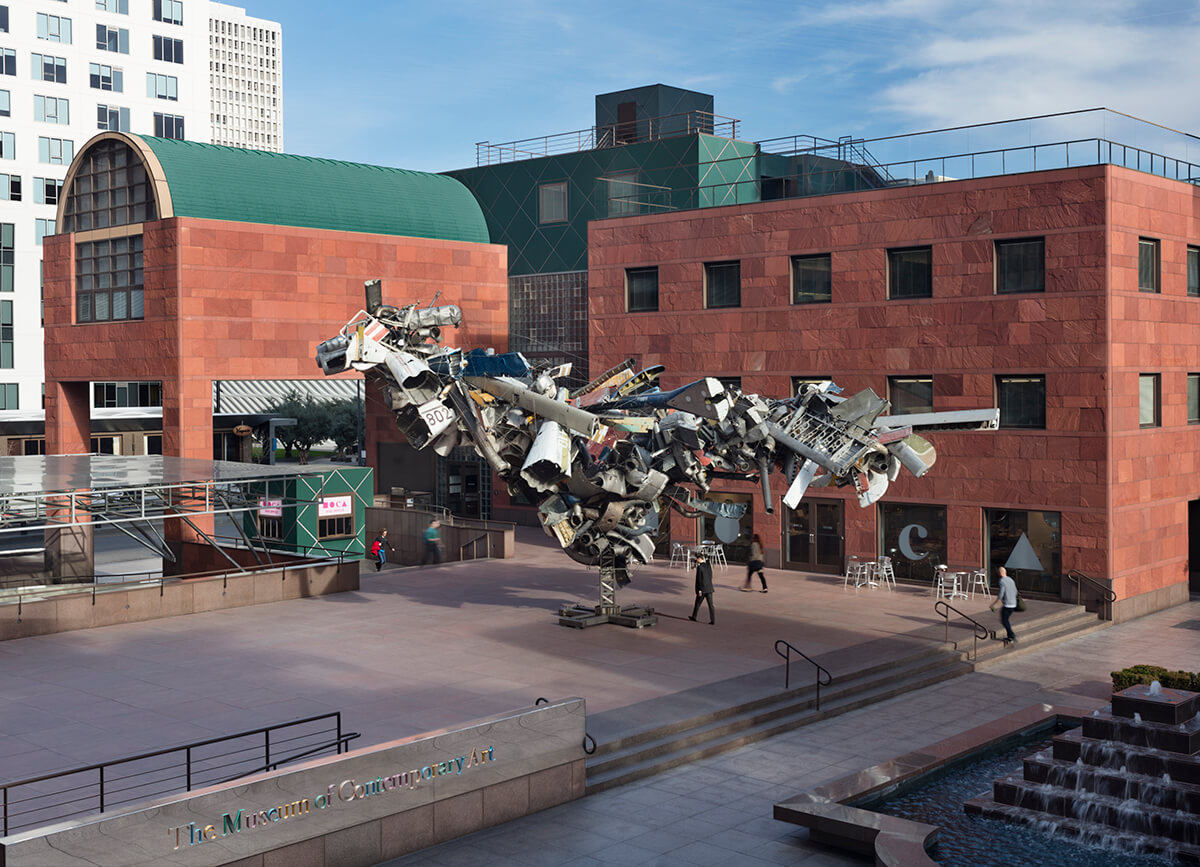Later this Wednesday, December 29, Arata Isozaki, the 2019 Pritzker Prize laureate, passed away at 91. Isozaki is widely regarded as the first Japanese architect to expand his work on a genuinely massive level, paying close attention to the needs of each project, increasing the work’s diversification, and delivering styles ranging from the traditional to the leading edge.
The Qatar National Convention Center in Doha, the Allianz Tower in Milan, the Himalayan Center in Shanghai, the Centro Cultural Caixa Forum Barcelona in Barcelona, and the Nara Centennial Hall in Japan are among his most well-known works.
Arata Isozaki’s Background
Isozaki was born in Oita on the island of Kyushu to an upper-class family and grew up in the era of postwar Japan, witnessing firsthand as a teen the devastation of the bombings of Hiroshima and Nagasaki. Isozaki completed schooling at the Oita Prefecture Oita Uenogaoka High School (erstwhile Oita Junior High School).
“As a result, I grew up near Ground Zero. It was completely destroyed, with no architecture, buildings, or even a city, he exclaimed after receiving the Pritzker Prize. “So my first experience with architecture was the emptiness of architecture, and I started thinking about how people would recreate their homes and cities.”
Interested in the rebuilding of such cities, he went on to study architecture at the University of Tokyo. In 1954, he graduated from the University of Tokyo, where he majored in Architecture and Engineering, then he achieved a doctoral program in architecture from the same university.
After studying architecture at Japan’s top school, Isozaki’s architectural starting point began as an apprentice to Japanese legend Kenzo Tange, a 1987 Pritzker winner. While working on a town library for his home district of Oita — one of his earlier works — Isozaki created his own office, Arata Isozaki & Associates, which he named “Atelier” in 1963.
In his works, he used the Japanese methodology ‘Ma,’ which refers to the spaces between objects, “There are silences and pauses between one space and another, between sound and sound, known as “Ma.” The spacing is crucial, but the space in between is perhaps more so.
Isozaki was also a critic of society and culture. He previously managed offices in Tokyo, China, Italy, and Spain but has since relocated to Okinawa in Japan’s southwestern region. He taught at Columbia, Harvard, and Yale universities. His other works encompass philosophy, visual art, film, and theatre.
Despite designing buildings inside and outside Japan, Isozaki was an architect who refused to be stuck in one architectural style. “He’s a pioneering architect who never stopped improving yet giving in to trends. When we examine the earliest works, compare them to the works in the middle, and then examine the most current works, we can see that they are all very recognizable from one another”, stated Martha Thorne after Isozaki received the Pritzker Architecture Prize in 2019.
Other Arata Isozaki’s Noteworthy projects
These further remarkable works by Arata Isozaki will ensure that he is appreciated for many years, given his career history and architectural impact.
1) La Casa del Hombre, Spain
Year: 2014
Type: Science Museum
Location: A Coruña, Galicia, Spain
2) Kitakyushu Central Library, Fukuoka, Japan
Year: 1974
Type: Public Building
Location: Fukuoka, Japan
3) Nara Centennial Hall, Japan
Year: 1999
Type: Mixed-Use
Location: 7-1 Sanjōmiyamae, Nara, Japan
4) Lucerne Festival Ark Nova, Miyagi, Tokyo, Japan
Year: 2011,2013,2014,2015,2017
Type: Public
Location: Tokyo, Japan
5) Museum of Contemporary Art, Los Angeles
Year: 1979
Type: Art Museum
Location: 250 South Grand Avenue, Los Angeles, California
©claudejobin.com
Qatar National Convention Centre ©Nelson Garrido
©Alessandra Chemollo
©japan.travel
©scalemag.online
©bdcnetwork.com
©commons.wikimedia.org
©metalocus.es
©lux-mag.com


